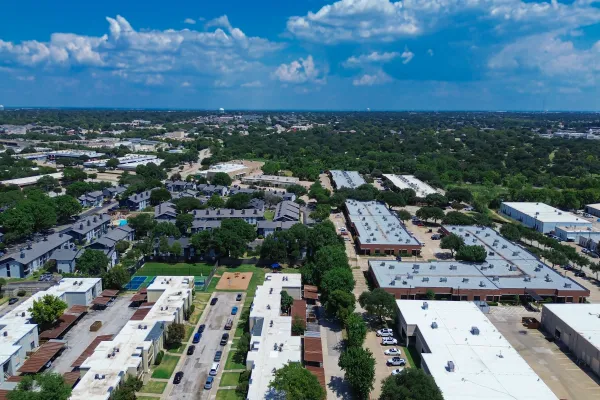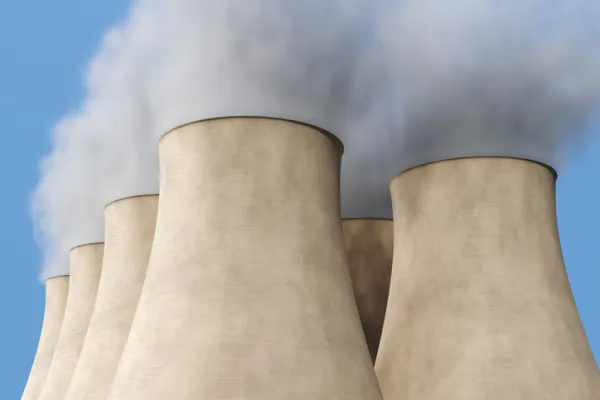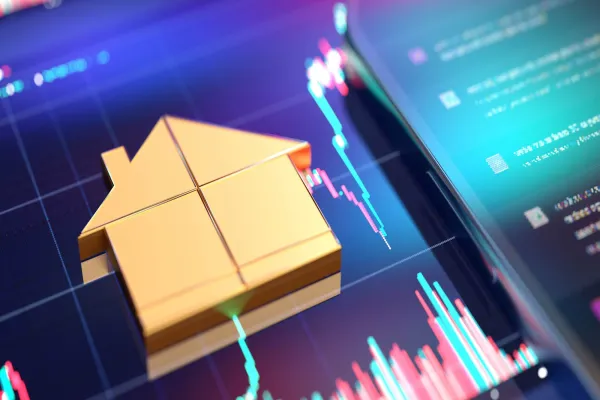During recessions, analysts often overestimate the permanent changes in behavior and economic relationship that the downturn brings forth. The reason for this is straightforward enough – structural change is more interesting, and more significant, than cyclical ups and downs and mean reversion. But the COVID-19 crisis has been, and is, one of the biggest shocks in modern economic history.
“In our view, the world economy has been in one macroeconomic regime since the fall of the Berlin Wall in 1989,” says Daniel McCormack, Economist, Macquarie Asset Management. “The globalization process this unleashed – specifically successive positive labor supply shocks combined with a monetary policy framework focused on inflation targeting – resulted in steady downward pressure on interest rates, both short- and long-term. This, in turn, has fueled rapid growth in debt, asset values, and the financial sector. The intense market forces this brought forth have, for the most part, served humanity well.”

Indeed, those forces have lifted 1.1 billion people out of extreme poverty;1 raised the per capita income of the average citizen of the world by 85%, or 2.2% every year for 28 years; and brought smartphones, affordable air travel, and cheap consumer goods to large parts of the world. But they have also contributed to a number of challenges, including increased income and wealth inequality, climate change (by mispricing fossil fuels), and weak growth in real incomes for some cohorts. There are also many groups that have felt left behind, or even ignored, in the headlong rush towards a globalized world, and the policy response to the 2008-09 financial crisis (itself arguably a result of an excessive build-up of leverage that this constellation of forces encouraged) has created distrust in the eyes of many in today’s economic system.
Layered on top of these challenges is Covid-19.
“The pandemic is a a profound event that, in our view, future historians may well identify as the point at which this macroeconomic regime changed,” says McCormack.2 It is too early to try to predict the key long-run outcomes of the next regime, but here are its key contours, according to McCormack.
Globalization is slowing down. In part this is due to a reduction in the amount of excess labor supply in key manufacturing centers, such as China, after two decades of membership in the World Trade Organization (WTO). “It is also due to the increase in geopolitical tensions, supply chain disruption, and re-shoring trends that have been building in recent years and accelerated by Covid,” says McCormack.
The developed world labor is getting some bargaining power back. This is partly due to the slowdown in globalization, but also related to the pandemic and the rise in health risks for some jobs and some (mainly older) cohorts. The “cost” of working is now higher, and workers are demanding compensation for it. There also seems to be a real groundswell of political momentum around increasing the wages for those on low incomes. Both legislation and moral suasion are at work.
Policy choices are becoming harder. Decades of relatively easy policy choices are coming to an end. “For the last 30 years, rapid growth in the supply side of the global economy meant central banks could be quick to ease policy at the first sign of trouble, but very patient when coming out of a downturn. With the supply side now growing less rapidly, more finely tuned judgements will be required. The risk of monetary policy error is greater,” says McCormack. Fiscal decisions will also become more challenging, in part due to reduced headroom resulting from increased government debt and deficits, a factor also exacerbated by Covid-19.
Big government is here to stay. The Reagan-Thatcher small government revolution carried into the 1990s, with center-left governments in America (Clinton presidency) and the UK (Blair government) demonstrating impressive fiscal prudence. That has now been turned on its head, with center-right governments everywhere weakening fiscal dynamics and expanding their sizes. “It is a trend that is in only its early stages,” says McCormack.
More elevated geopolitical tensions. This is almost always inevitable when a large country, such as China, rises to great power status. But the tension is not just limited to the critical U.S.-China axis. Tensions with Russia are on the rise, some middle-sized nations are also increasingly active, and layered of it all is the cybersecurity element.

Trends to keep an eye on
The economic and market implications of these trends can take many years to play out. “At Macquarie, we believe it will be a year where global growth is again strong, although there is likely to be some softness in the first quarter due to the Omicron variant,” says McCormack. Inflation should start to fall by mid-year, but it may not get back to central bank targets in a hurry, which means concerns about inflation being too high will remain front and center. It will also be a year of synchronized tightening of monetary policy and further rapid progress on the energy transition.”In McCormack’s view, these are the trends to keep an eye on this year as the new macroeconomic regime evolves.
Global growth persists. With Omicron already everywhere, many governments seem to have almost given up trying to prevent its spread. There will still be some economic damage as a result, and global growth is likely to be weak in the first quarter. “Given how rapidly Omicron has spread, it could quickly burn out and by the end of the first quarter most of the economic damage is likely to be behind us, with strong growth resuming from the second quarter onwards,” says McCormack.
Inflation peaks but remains elevated. “We believe developed world inflation will start to fall around mid-year as supply bottlenecks ease and base effects take their toll on the year-over-year calculations. We are, however, alive to the risks that this could be wrong. A rise in long-term inflation expectations, or evidence that a wage-price spiral is taking hold, are key signposts that this view could be misplaced,” says McCormack. Overall, inflation may not return to central bank targets and is thus likely to remain a concern for all of 2022.
Labor strikes back. “This is concentrated in those jobs that have high Covid-19 risks associated with them and those at the low-income end of the spectrum,” says McCormack.
Older workers may also be looking for more compensation, or work flexibility, to return to the labor force. For companies that employ a disproportionate number of these workers, the ability to pass these costs on to the end-customer will be key to maintaining margins and earnings.
Central banks tighten. A synchronized tightening cycle has begun. Key for asset prices will be whether long-term bond yields rise in consequence.
“We believe there are good reasons to expect only small increases,” says McCormack. “Neutral policy rates have fallen dramatically in recent years, particularly in the U.S., and the term premium may be zero, or even negative. In short, the peak in policy rates is likely to be low by historical standards and projections of reasonable tightening profiles don’t suggest much upside to current 10-year yields from a fundamental perspective. This would mean that not only are bond markets not the underweight many are assuming, but also that equities should continue to deliver positive returns, provided they can deliver earnings growth.”
It is also likely to mean that real assets continue to attract fund inflows and valuation support from low discount rates.
Energy transition accelerates. The sharp fall in the cost of renewables over the last decade has elevated confidence in the idea that energy transition technologies are not just necessary from a sustainability perspective, but will also ultimately be the cheapest way to generate power, heat our homes, and move us around. The current political constellation may also lead to more government action – the new German government has already announced some far reaching and ambitious objectives, and in the U.S., there is a limited window to pass meaningful legislation before a potential shift in power in Congress.
“For investors,” McCormack says, “this means there is going to be a huge need for capital in the years ahead – to provide the necessary renewables capacity; to reinforce, expand, and build electricity distribution networks (grids); to invest in early-stage technologies such as hydrogen and carbon capture and storage; and to provide all the charging and fueling infrastructure a low-carbon transport network will need.”
1 https://www.worldbank.org/en/news/speech/2017/12/07/from-local-to-global-china-role-global-poverty-reduction-future-of-development
2 “That may be because it was the causal factor in the change, or because it crystallised and brought forward trends already in existence to a point where they made a material impact on outcomes,” adds McCormack.
More from Macquarie Asset Management:
Navigating a Tale of Two Tapers in Fixed IncomeWhy Tailwinds Will Continue in Real Assets
Opportunities in Global Equity Markets






